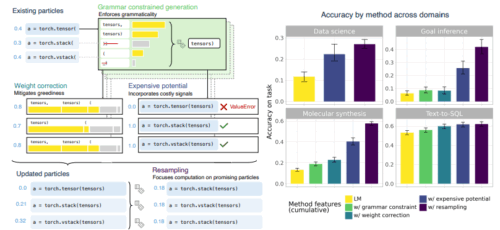2025-04-17 ワシントン大学セントルイス校
<関連情報>
- https://source.washu.edu/2025/04/inactive-components-in-agricultural-runoff-could-contribute-to-drinking-water-hazards/
- https://engineering.washu.edu/news/2025/Inactive-components-in-agricultural-runoff-may-be-hidden-contributors-to-drinking-water-hazards.html
- https://www.sciencedirect.com/science/article/pii/S0043135425000302
波紋: 農業で使用される製剤成分が、窒素系消毒副生成物の重要な前駆物質となる可能性 Making Waves: Formulation components used in agriculture may serve as important precursors for nitrogenous disinfection byproducts
Jean M. Brownell, Moshan Chen, Kimberly M. Parker
Water Research Available online: 8 January 2025
DOI:https://doi.org/10.1016/j.watres.2025.123116
Graphical abstract

Highlights
- Although previously overlooked, inactive agents may be important DBP precursors.
- Potential N-nitrosamine precursors include inactive agents in herbicide formulations.
- Spatiotemporal variability of DBP precursors impacts their relative importance.
Abstract
N-Nitrosamines, many of which are carcinogenic, mutagenic, and teratogenic, are disinfection byproducts (DBPs) formed from the reaction of chloramine with nitrogenous organic compounds during water disinfection. The identification of major nitrosamine precursors is important to understand and prevent nitrosamine formation. In this analysis, we propose that efforts to identify nitrosamine precursors must look beyond conventionally evaluated active agent chemicals to consider inert or inactive chemicals as potentially relevant precursors. Using agricultural chemicals applied in the US as an example, we demonstrate that amines widely used as inactive agents in herbicide formulations (i.e., dimethylamine [DMA], a known N-nitrosamine precursor) are potentially much more important than active agent herbicides previously evaluated as potential nitrosamine precursors (i.e., the herbicides diuron or trifluralin). Accounting for use rates and nitrosamine yields, amines used in herbicide formulations represent potential nitrosamine precursor inputs to the environment that are similar in magnitude to recognized precursors like the pharmaceuticals ranitidine and metformin. Because the amounts of amines used as inert agents in herbicide formulations have increased dramatically over recent decades, particularly in certain US regions, we suggest that identification of potential nitrosamine precursors should consider variation in the inputs of both active and inactive agents over time, as well as geographical variation in use that may alter the relative importance of specific precursors in certain locations.



